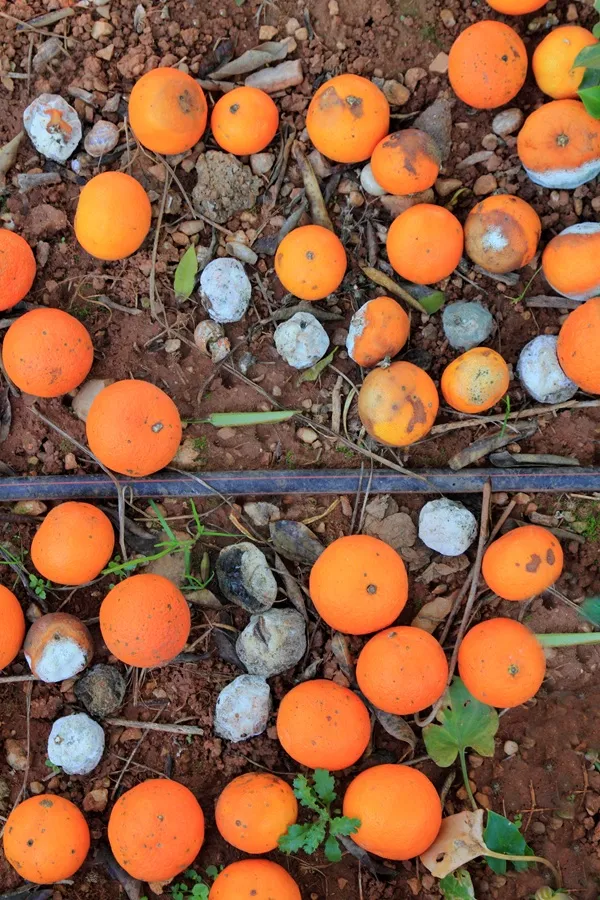Table of Contents
Basil: The Fragrant and Flavorful Herb
Introduction
Basil (Ocimum basilicum), often referred to as the "king of herbs," is a fragrant and versatile herb cherished in cuisines worldwide. Belonging to the mint family (Lamiaceae), basil is celebrated for its aromatic leaves, which add depth and flavor to a wide range of dishes. This article explores the diverse world of basil, covering its varieties, texture, uses, nutrition, recipes, cultivation, and global trends.
Varieties
Basil comes in numerous varieties, each with unique flavors and appearances:
- Sweet Basil: The most common type, with bright green leaves and a slightly peppery, clove-like flavor. Used in Italian cuisine, especially pesto.
- Thai Basil: Purple stems and a licorice-like flavor; essential in Southeast Asian dishes.
- Holy Basil (Tulsi): Sacred in Hinduism, with a spicy, clove-like taste; used in teas and Ayurvedic medicine.
- Lemon Basil: Citrusy aroma and flavor; perfect for salads and seafood.
- Purple Basil: Deep purple leaves with a milder flavor; used for garnishes and vinegars.
- Cinnamon Basil: Sweet, spicy aroma; ideal for desserts and beverages.
Texture and Usage
- Texture: Soft, tender leaves with a delicate, slightly fuzzy surface.
- Culinary Uses:
- Fresh: Added to salads, sandwiches, and garnishes.
- Cooked: Incorporated into sauces, soups, and stir-fries.
- Pesto: Blended with garlic, pine nuts, Parmesan, and olive oil.
- Infusions: Used in oils, vinegars, and teas.
- Non-Culinary Uses: Aromatherapy, skincare, and traditional medicine.
Nutrition
Basil is a nutrient-dense herb with numerous health benefits:
- Vitamins: Rich in vitamin K (bone health) and vitamin A (vision).
- Antioxidants: Contains flavonoids and essential oils (eugenol, linalool) that reduce inflammation and oxidative stress.
- Minerals: Provides calcium, magnesium, and iron.
- Antibacterial Properties: Helps combat bacteria and support immune health.
- Low in Calories: Adds flavor without extra calories.
Recipes
- Classic Pesto: Blend fresh basil, garlic, pine nuts, Parmesan, and olive oil.
- Caprese Salad: Layer basil leaves, tomato slices, and fresh mozzarella; drizzle with balsamic glaze.
- Thai Basil Chicken: Stir-fry chicken with Thai basil, garlic, chili, and soy sauce.
- Basil Lemonade: Infuse lemonade with fresh basil leaves for a refreshing drink.
- Tomato Basil Soup: Simmer tomatoes, basil, garlic, and cream for a comforting soup.
Global Cultivation and Distribution
- Top Producers: India, Italy, France, and the United States are leading growers.
- Climate: Thrives in warm, sunny conditions with well-drained soil.
- Harvesting: Leaves are picked before flowering for optimal flavor.
- Export: Fresh and dried basil are traded globally, with Italy and Thailand being key exporters.
Trends
- Health and Wellness: Increasing demand for herbs with medicinal properties boosts basil’s popularity.
- Plant-Based Diets: A staple in vegan and vegetarian cooking for its flavor and nutrition.
- Sustainability: Easy to grow in home gardens, reducing the need for packaged herbs.
- Innovation: Use in functional foods, beverages, and skincare products.
- Global Cuisine: Adoption in fusion dishes, such as basil-infused desserts and cocktails.
Conclusion
Basil is a fragrant, flavorful, and nutritious herb that enhances both culinary and medicinal practices. From classic Italian pesto to aromatic Thai curries, its versatility knows no bounds. As global demand grows, basil continues to play a vital role in promoting health, sustainability, and culinary creativity. Whether enjoyed fresh, cooked, or infused, basil offers a taste of freshness and vitality that enriches our lives. Embrace this beloved herb and discover its potential to transform your meals and well-being.









